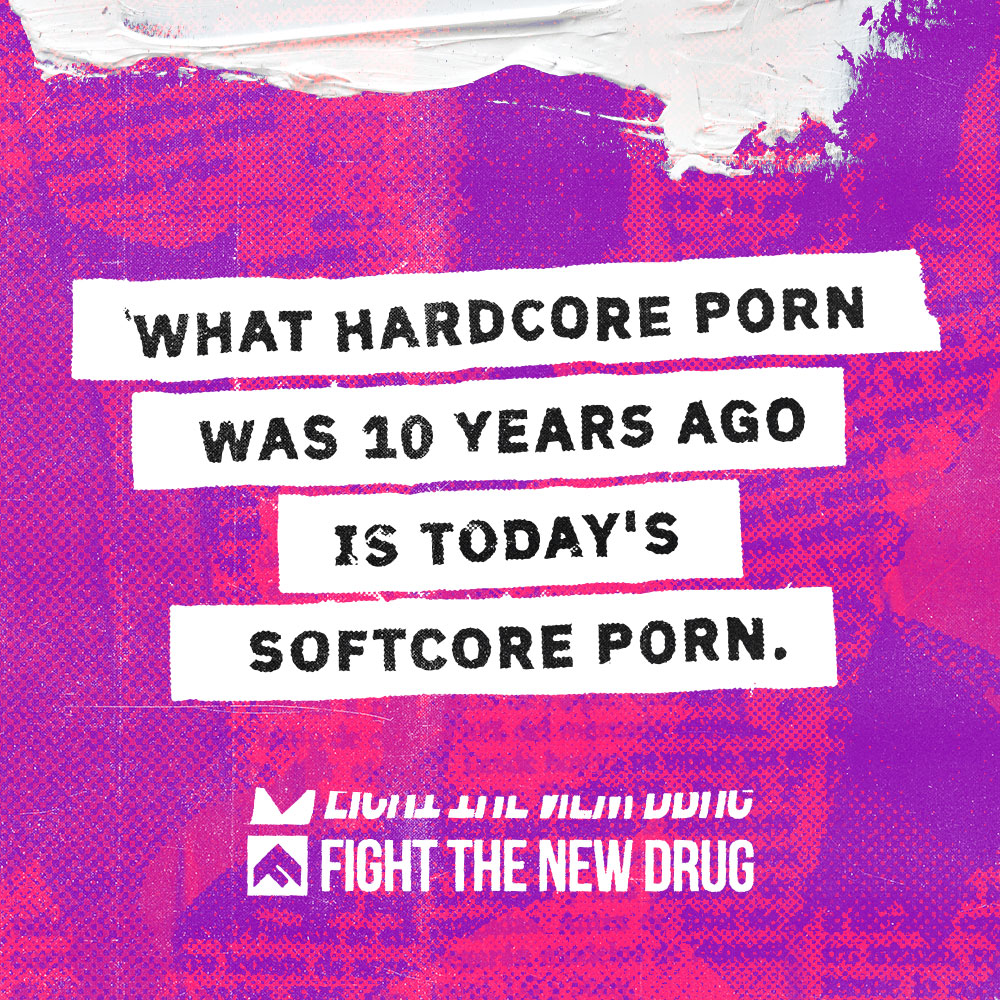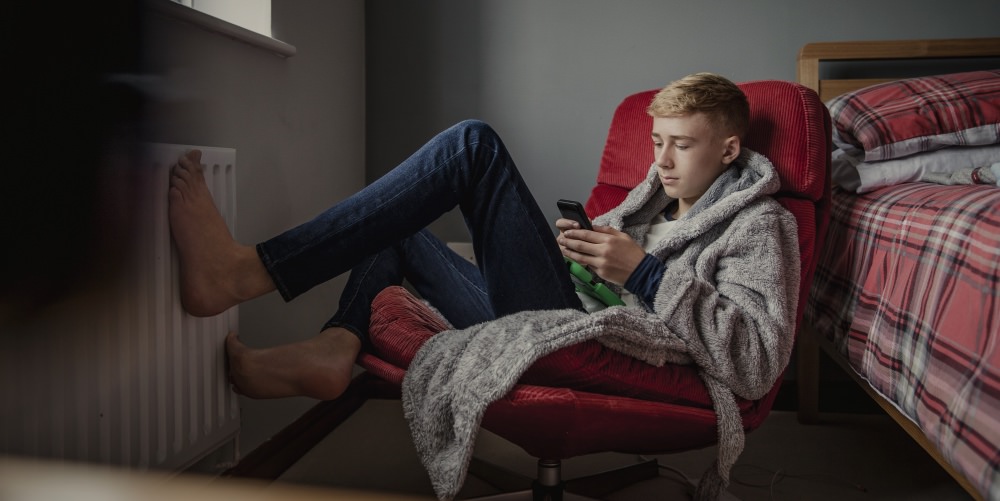This Feature Piece Was Written By Gail Dines, President of Culture Reframed, Originally Published by The Boston Globe.
What kids aren’t telling parents about porn on social media
Adult content is rampant on social media. Here’s what parents need to know.
By Gail Dines
Pornography today is not your father’s Playboy.
Instead of reaching under the mattress to score a magazine of naked women with coy smiles, teenagers are just a few phone swipes away from hard-core videos in which women are sexually abused and humiliated. Porn is now more affordable, accessible, and violent than ever before, and many boys are watching it as early as age 11 or 12. As one teen told researchers writing a report on kids and porn for the Office of the Children’s Commissioner in England, “Basically, porn is everywhere.” While to an adult this may sound like typical adolescent hyperbole, teens spend most of their waking hours—about nine per day—online.
As the president and CEO of Culture Reframed, a health-based nonprofit dedicated to building resilience and resistance in young people to porn culture, I’ve spoken with thousands of parents at schools across the country, and many are deeply concerned about the time their kids spend in front of a screen. They worry that their kids might be surfing free porn sites such as Pornhub when they are alone. However, most parents are unaware that porn is also infiltrating mainstream social media sites such as Snapchat and Instagram.
The ease of porn access via social media
A recent study found that teens’ most popular media platform is Snapchat, followed closely by Instagram. One study reported that “teens visit Snapchat more than 20 times a day” and spend at least 30 minutes on the platform, while 63% of 13- to-17-year-olds use Instagram daily, spending an average of 32 minutes a day scrolling through photos and videos.
On Instagram, porn is often hidden behind hashtags and emojis that appear innocuous but are used as secret code to tag and search for particular types of porn. If teens type a specific fruit or vegetable emoji into the search bar, a list of links pops up to images ranging from women barely clothed to women in sexual bondage restraints. Those images lead directly to pornographic accounts, which are used by many porn performers to build their fan bases. Though Instagram says it uses automated technology to continually detect and remove nudity and pornographic content, it’s clear the platform is not doing a thorough job.
While Snapchat technically doesn’t allow “adult content,” a whole ecosystem of online businesses help budding entrepreneurs manage and monetize “premium” pornographic accounts. To lure traffic, the premium account is linked to a more innocuous “teaser” Snapchat account and other platforms, including Twitter and Facebook. One of the biggest companies, FanCentro, serves as a channel to a whole universe of private Snapchat accounts and boasts that if one account is taken down, it will seamlessly set up another and redirect traffic.
FanCentro also facilitates links from Snapchat to Pornhub, the major pornography site, in just a couple of clicks.
The consequences of unlimited porn access
Living in a porn-soaked virtual world has negative social, emotional, and cognitive effects on teens.
Studies show that the earlier boys view porn, the more likely they are to experience anxiety, depression, poor academic performance, addictive behavior, and unhealthy relationships. They also exhibit lower empathy for rape victims and a higher likelihood of committing sexual assault.
Girls are increasingly using social media for sexualized selfies and sexting, typically on Snapchat because it claims that images disappear after being viewed. However, the images can be saved in a hidden folder on phones and can be retrieved. This leaves girls vulnerable to sextortion, bullying, revenge porn, sexual harassment, and suicide because they are more likely than boys to be pressured into sexting and humiliated as “sluts.”
A 2007 report by the American Psychological Association concluded that exposure to sexualized material leads to body shame, intentionally trying to appear more sexually appealing, appearance anxiety, eating disorders, and low self-esteem. Culture Reframed commissioned an update of this report, released this week, that analyzed studies from the last 10 years about how girls are impacted by sexual material online. The report, conducted by Dr. Sharon Lamb at UMass Boston, recommends media literacy education both in schools and in society as a whole to help girls critique sexist imagery. It also encourages parents to monitor their kids’ internet use with greater vigilance.
Open, honest, and ongoing conversations
Last year, Culture Reframed launched a free online program that helps parents of tweens learn how to talk effectively with their children about online pornography. We encourage parents to be proactive instead of waiting until it becomes a problem. Introduce the topic in a way that builds mutual respect by asking permission to open up a conversation. If your kid says no, wait for a “teachable” moment to bring up the topic again.
And if you do ultimately catch your child watching porn, do not shame them. Ask them questions about how they feel, and listen to their answers. Point out the differences between porn sex and healthy sex—and point out that the former lacks intimacy, connection, and boundary setting.
While some pornographic social media accounts will ask users if they are over 18, teens can simply lie to get around these flimsy age restrictions. Though parents can install programs on kids’ devices that block pornography, today’s tech-savvy kids know how to get around these (and they can always use their friends’ unblocked phones instead). The reality is that most teenagers will inevitably be exposed to porn—and parents must talk to them about it.
___________________
About the Author
Gail Dines of Culture Reframed is a professor emerita of sociology at Wheelock College and the author of “Pornland: How Porn has Hijacked Our Sexuality.” Check out Culture Reframed’s free online program that helps parents of tweens learn how to talk effectively with their children about online pornography.

Your Support Matters Now More Than Ever
Most kids today are exposed to porn by the age of 12. By the time they’re teenagers, 75% of boys and 70% of girls have already viewed itRobb, M.B., & Mann, S. (2023). Teens and pornography. San Francisco, CA: Common Sense.Copy —often before they’ve had a single healthy conversation about it.
Even more concerning: over half of boys and nearly 40% of girls believe porn is a realistic depiction of sexMartellozzo, E., Monaghan, A., Adler, J. R., Davidson, J., Leyva, R., & Horvath, M. A. H. (2016). “I wasn’t sure it was normal to watch it”: A quantitative and qualitative examination of the impact of online pornography on the values, attitudes, beliefs and behaviours of children and young people. Middlesex University, NSPCC, & Office of the Children’s Commissioner.Copy . And among teens who have seen porn, more than 79% of teens use it to learn how to have sexRobb, M.B., & Mann, S. (2023). Teens and pornography. San Francisco, CA: Common Sense.Copy . That means millions of young people are getting sex ed from violent, degrading content, which becomes their baseline understanding of intimacy. Out of the most popular porn, 33%-88% of videos contain physical aggression and nonconsensual violence-related themesFritz, N., Malic, V., Paul, B., & Zhou, Y. (2020). A descriptive analysis of the types, targets, and relative frequency of aggression in mainstream pornography. Archives of Sexual Behavior, 49(8), 3041-3053. doi:10.1007/s10508-020-01773-0Copy Bridges et al., 2010, “Aggression and Sexual Behavior in Best-Selling Pornography Videos: A Content Analysis,” Violence Against Women.Copy .
From increasing rates of loneliness, depression, and self-doubt, to distorted views of sex, reduced relationship satisfaction, and riskier sexual behavior among teens, porn is impacting individuals, relationships, and society worldwideFight the New Drug. (2024, May). Get the Facts (Series of web articles). Fight the New Drug.Copy .
This is why Fight the New Drug exists—but we can’t do it without you.
Your donation directly fuels the creation of new educational resources, including our awareness-raising videos, podcasts, research-driven articles, engaging school presentations, and digital tools that reach youth where they are: online and in school. It equips individuals, parents, educators, and youth with trustworthy resources to start the conversation.
Will you join us? We’re grateful for whatever you can give—but a recurring donation makes the biggest difference. Every dollar directly supports our vital work, and every individual we reach decreases sexual exploitation. Let’s fight for real love:





